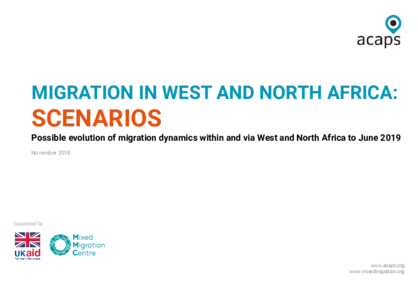Togo is facing a growing humanitarian crisis driven by insecurity in the north. Since 2025, non-state armed group attacks spilling over from Burkina Faso have been reported in Savanes region, triggering displacements. In early 2025, Togo hosted 39,436 refugees, mostly from Burkina Faso, and 10,717 IDPs, putting pressure on host communities’ already limited resources. The increase in population in these communities is limiting access to health services, with health facilities often overwhelmed and underfunded. In some areas, it takes more than an hour to reach the nearest health centre.
While Togo has remained relatively stable politically, the 2024 constitutional reform shifting to a parliamentary system has reshaped power dynamics ahead of the 2025 elections. These developments, alongside worsening insecurity and economic challenges, may compound needs in the coming months.
Irregular rainfall, localised droughts, and floods undermine agricultural productivity, contributing to rising food prices, worsening food insecurity, and malnutrition, particularly among children and pregnant and breastfeeding women.
(WFP 27/03/2025, IFRC 04/02/2025, ACSS 13/01/2025)
Togo is facing a growing humanitarian crisis driven by insecurity in the north. Since 2025, non-state armed group attacks spilling over from Burkina Faso have been reported in Savanes region, triggering displacements. In early 2025, Togo hosted 39,436 refugees, mostly from Burkina Faso, and 10,717 IDPs, putting pressure on host communities’ already limited resources. The increase in population in these communities is limiting access to health services, with health facilities often overwhelmed and underfunded. In some areas, it takes more than an hour to reach the nearest health centre.
While Togo has remained relatively stable politically, the 2024 constitutional reform shifting to a parliamentary system has reshaped power dynamics ahead of the 2025 elections. These developments, alongside worsening insecurity and economic challenges, may compound needs in the coming months.
Irregular rainfall, localised droughts, and floods undermine agricultural productivity, contributing to rising food prices, worsening food insecurity, and malnutrition, particularly among children and pregnant and breastfeeding women.
(WFP 27/03/2025, IFRC 04/02/2025, ACSS 13/01/2025)


